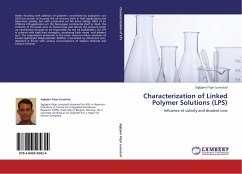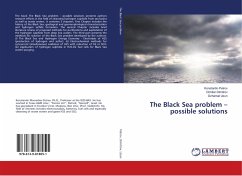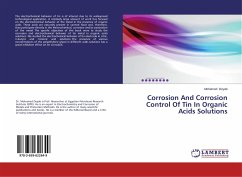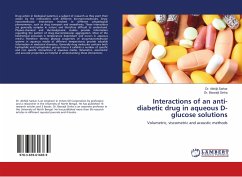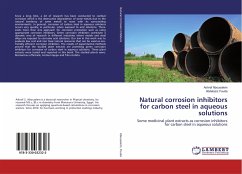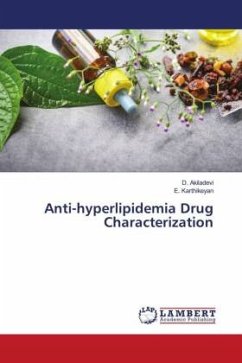Water flooding with addition of polymers cross-linked by polyvalent ions (LPS) has proven to increase the oil recovery both in field applications and laboratory studies, but with constraints on the brine salinity. With of an offshore LPS-application on the Norwegian continental shelf in mind, the contents of this book aims to characterize and discuss the pressure build-up mechanisms thought to be responsible for the oil mobilization, for LPS in solvents with high ionic strengths, containing both mono- and divalent ions. The experiments presented in the book concerns dilute solutions of Partial Hydrolyzed Polyacrylamide (HPAM), cross-linked by Aluminium ions, dissolved in brines with various concentrations of Sodium Chloride and Calcium Chloride.
Bitte wählen Sie Ihr Anliegen aus.
Rechnungen
Retourenschein anfordern
Bestellstatus
Storno

